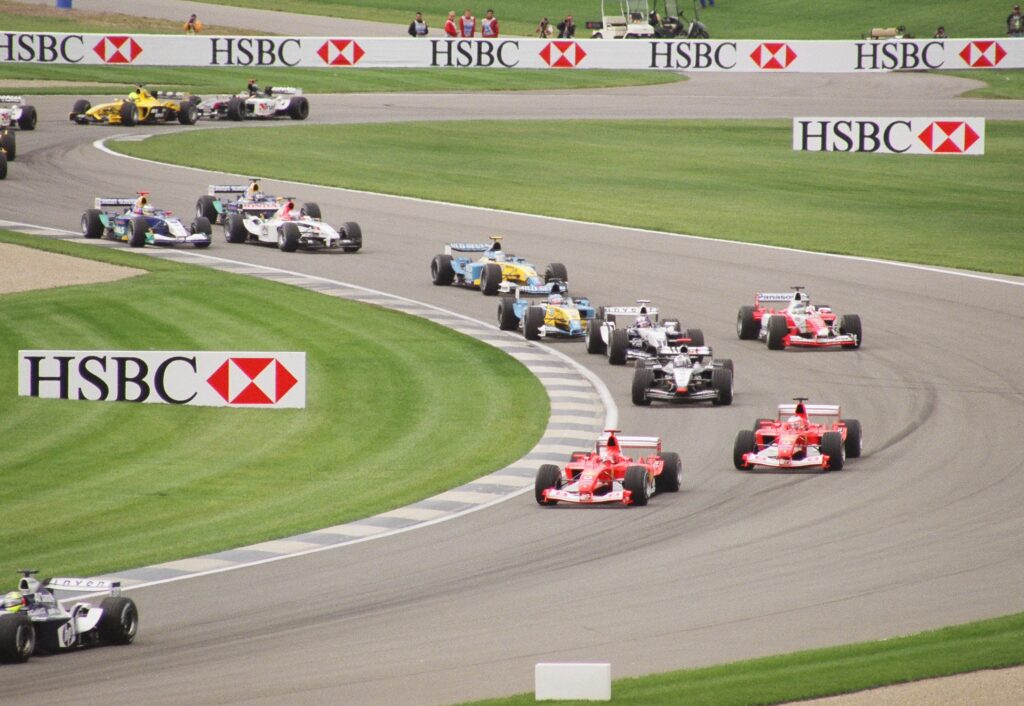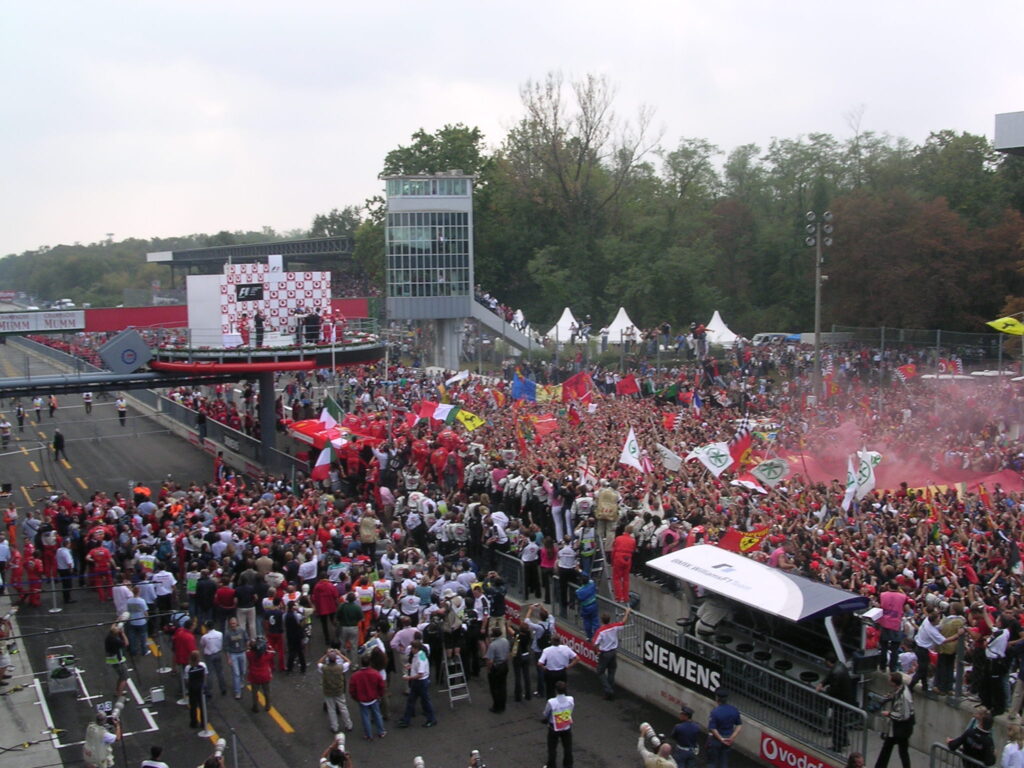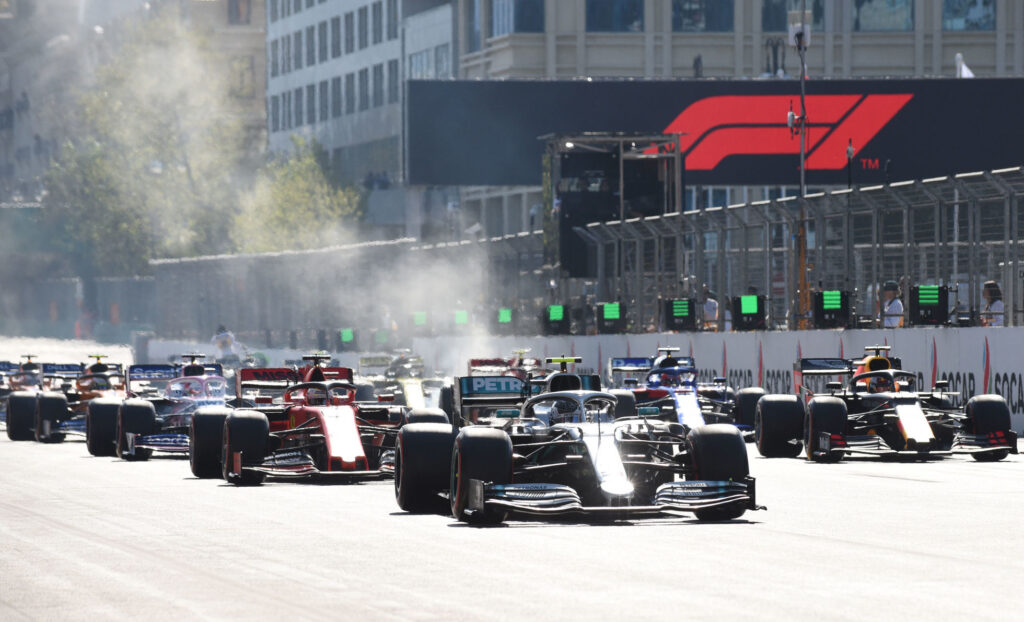Formula 1, often abbreviated as F1, is the highest class of auto racing in the entire world. It is one of the most exciting races in the entire world, and only the best racers get to compete in this race due to the technique needed for driving F1 vehicles.
With that, let’s look at all that you need to know about the basics of F1.
F1 basic rules

Teams and drivers
Each team usually represents a car manufacturer and a sponsor. They field two cars in each race. Meanwhile, the drivers must have a valid Super Licence to take part in an F1 race.
The car
Each F1 car should be custom-designed and built by the teams while also conforming to the strict technical regulations set by the Fédération Internationale de l’Automobile (FIA). Such rules include the specifications of the engine type, weight, safety features, and size of the vehicle.
Race weekend format
F1 races happen during entire race weekends. Standard race weekends include practice sessions, qualifying, and the actual race itself. Teams use practice sessions to test their cars out on the track so that they can tweak it or make any necessary adjustments. Qualifying determines the starting order of the cars on race day. The race itself is where the drivers and their teams earn points.
Points system
Points are only awarded during race day. An equivalent number of points is awarded based on the driver’s finishing position in the race. The World Championship will be awarded at the end of the season to the driver and team that accumulated the most number of points.
Only the top 10 finishers of each race are awarded with points. Additional points are awarded to those who had the fastest lap under certain conditions.
Starting grid
Drivers have specific starting orders on race day. The starting order is determined during qualifying.
Race start
Before the race starts, the cars line up on the grid in their respective qualifying positions. They all start at the same time when the lights go out.
Race conduct
Drivers should adhere to the track limits and avoid collisions as much as possible. They must follow the directives of the race stewards during the race itself. Otherwise, there will be penalties for any violations.
Pit stops
Due to the wear and tear of an entire F1 race, teams can change tires and make necessary adjustments during pit stops, which are determined by the respective teams.
Safety car and red flags
In case there is a need to stop the race, such as when there is an accident or if the conditions become too hazardous, the race may be neutralized using a safety car or suspended by waving a red flag.
F1 Season

Every F1 season is composed of a series of races called Grands Prix. These races are held worldwide on specialized racing circuits or even on public roads closed for the event. Here are some of the most important aspects of an entire F1 season:
Calendar
F1 seasons have 20 to 23 races spread throughout an entire season, which is usually from March to December.
Circuits
Races take place on different circuits in places all over the world. Some circuits are tracks that were built specifically for an F1 race. Meanwhile, some circuits are actual public roads. Some circuits are a mix of both.
Technical development
Throughout an entire season, teams continuously add new features to their cars under the rules and regulations of the FIA. Such developments include updates and improvements that can help improve the performance of both the car and the driver in the next races.
Championships
Every season has two main championships. The first is the Drivers’ Championship, which is awarded to the driver with the most points accumulated during the season. Meanwhile, the Constructor’s Championship is awarded to the team with the most points accumulated by both of its drivers for an entire season.
What makes F1 fun

F1 is one of the most popular racing events in the entire world, with multiple countries involved in the excitement of the different races that are being held worldwide. Here are some of the reasons why F1 is fun and exciting:
Speed and performance
F1 cars are arguably the fastest circuit racing cars in the world, making F1 the highest form of circuit racing. Cars can reach speeds up to 360 km/h or 224 mph. The sheer speeds that the cars can reach are enough to draw in large crowds and followers.
Driver skill
Due to the speed of F1 cars and the difficulty of the circuits, only the best drivers can participate in F1 races. As such, F1 drivers are arguably the best in the world, and their ability to control some of the fastest cars in the world while making split decisions on the fly is an awesome sight to behold.
Cutting-edge technology
F1 teams are at the forefront when it comes to technological developments in the world of automotive racing. People are drawn to the feats of science and engineering that are constantly introduced to F1 vehicles.
It’s a team sport
Not a lot of people realize that F1 is a team sport because the two drivers have to work together. On top of that, they also have to formulate strategies with the entire team before the actual race and on the fly. It’s amazing to watch how drivers and teams can come up with great strategies that complement the skill of the driver and the performance of the vehicle.
Rivalries
Rivalries are always fun to watch, regardless of the sport, because they add drama and excitement. F1 also has rivalries between drivers and even between teams.
Global phenomenon
An F1 Grand Prix is a festival in itself due to the fun atmosphere that comes with the entire event. Fans all over the world come together to watch F1 races in some of the best locations in the world, instantly transforming it into a tourist destination.
The element of unpredictability
While there are already favorites coming into a Grand Prix, every race has its element of surprise and unpredictability. Mechanical failures, weather conditions, and even other unforeseen factors are going to change the outcome of the race, making F1 an exciting yet unpredictable event.
Technological improvements
Technology has come a long way since the early days of F1. Fans love to watch how the sport evolves from a technological standpoint.
Community and fan Engagement
Passionate F1 fans can be found all over the globe. The sport has a sense of community both in person and on social media. Fans enjoy the media coverage and fan events that come with F1.



